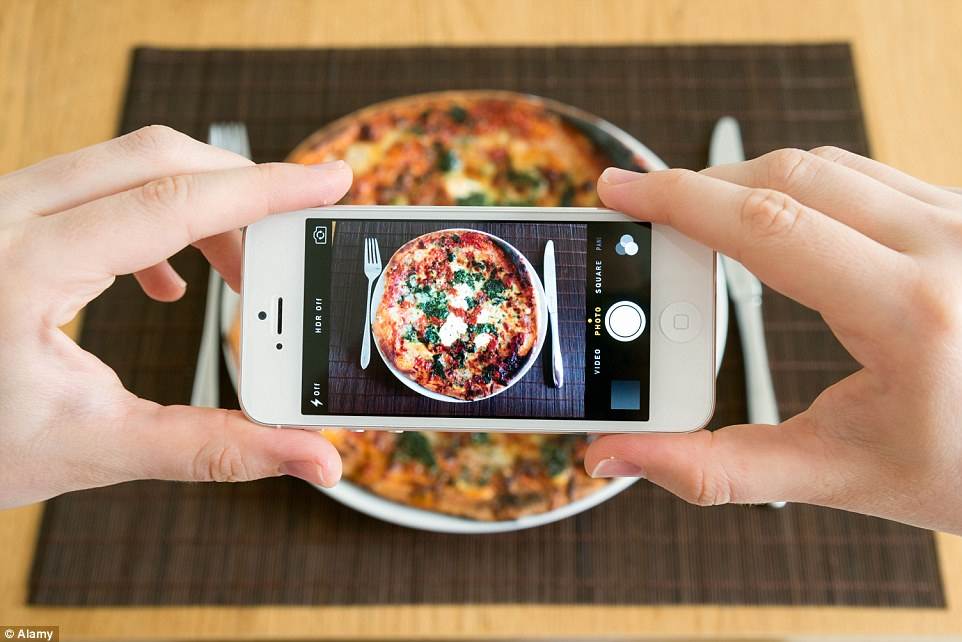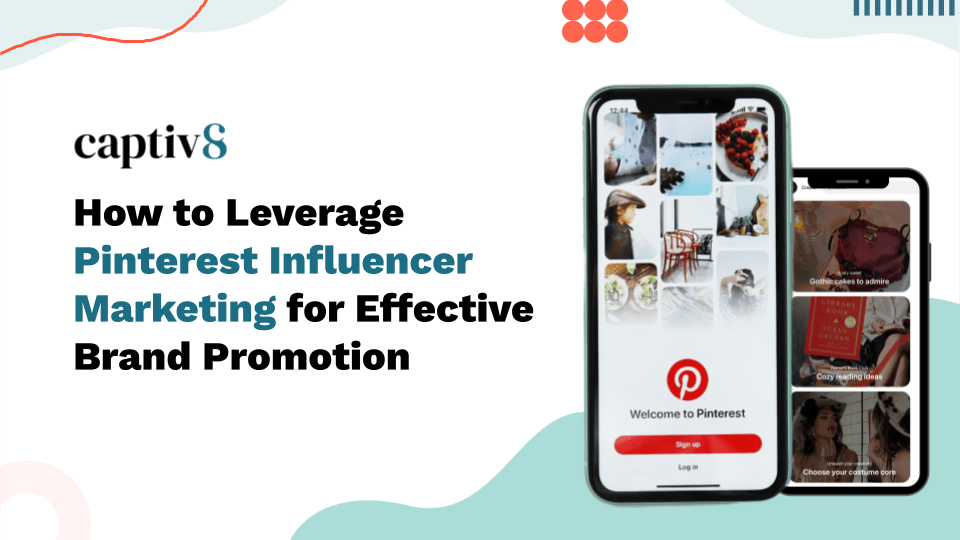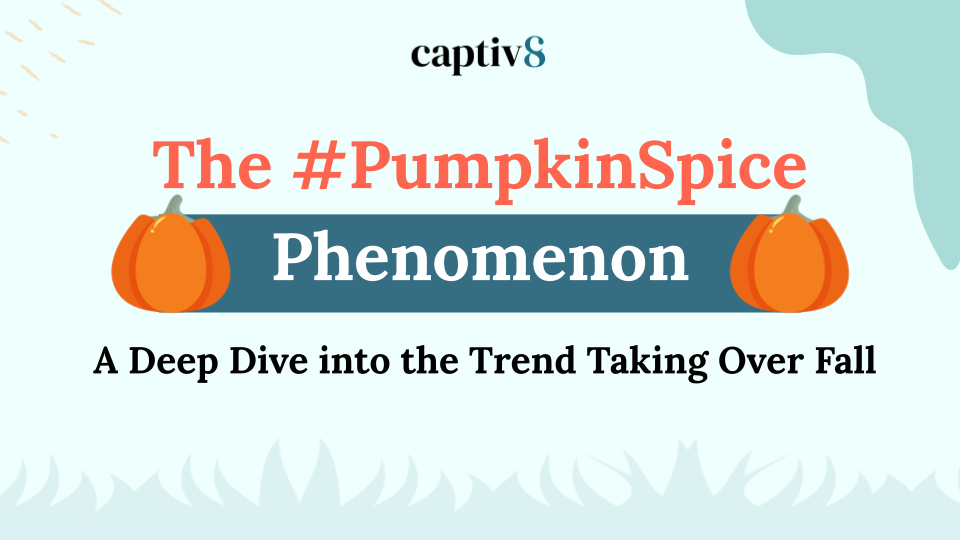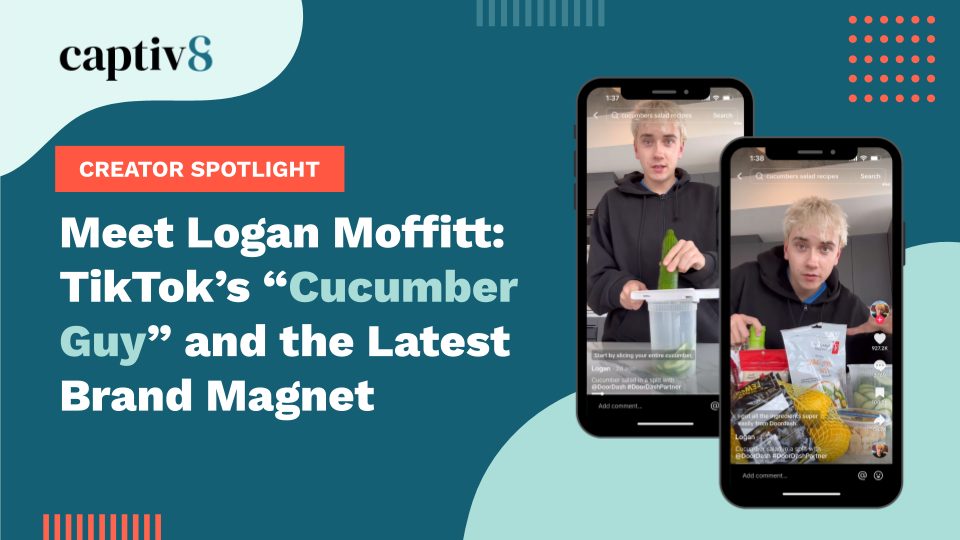What You Need to Know About Influencers and Food

This week, we’re taking a closer look at the topic of influencer marketing and food. Why food? Food-themed influencer marketing has shown it can produce big results for brands. So how can food-focused brands tap into the power of influencers for their own campaigns? Here are some recommendations:
- Images are everything: There’s a Chinese proverb that says, “You eat first with your eyes.” This maxim is especially true when it comes to food content on social media. Not only do many of today’s food-focused influencers spend their time on image-heavy platforms like Instagram and Pinterest, but most of today’s hottest restaurants and food brands got their start by sharing their most Instagram-worthy dishes. Consider the example of Black Tap Burger in New York, which used its colorful milkshake creations to earn huge attention on Instagram and media coverage from sites like Buzzfeed.
- Focus on the right food-focused hashtags: To start your food-focused influencer search, check some of the most popular food hashtags on Instagram. A closer look at Captiv8’s insights platform shows that hashtags like #nomnomnom (14 million likes), #foodporn (7.36 million) and #instafood (5.68 million) are great places to start looking for food-focused creators and get a sense for popular food content.

- Find the right influencers: As with any influencer campaign, you want to get as specific as possible with your potential partners when it comes to post themes and content. For example, a spirits brand might want to start a search for cocktail-focused Instagrammers like
 @beautifulbooze, whereas a coffee roaster might want to focus on caffeine aficionados like @aguynamedpatrick (see the image to the right). Meanwhile restaurant marketers should check out accounts like @new_fork_city. Tools like Captiv8 are a great way to quickly gauge each influencer’s total audience and engagement.
@beautifulbooze, whereas a coffee roaster might want to focus on caffeine aficionados like @aguynamedpatrick (see the image to the right). Meanwhile restaurant marketers should check out accounts like @new_fork_city. Tools like Captiv8 are a great way to quickly gauge each influencer’s total audience and engagement. - Look for your food niche: The temptation with posting food-focused influencer content is to go for the most common terms and themes. For example, while words like #coffee or #recipes might provide your social content with bigger audience reach, they won’t necessarily get the best engagement. Consider looking for the “micro-communities” associated with your specific food area of interest. For example a post with #coffee may get “lost in the noise” fairly quickly, while a coffee post about Spanish style “cortados” (like @aguynamedpatrick’s #dailycortado hashtag) may have much more success.
Where will your start with your own food-focused influencer campaign? Whatever mouth-watering idea you happen to develop, make sure to tap into Captiv8’s social insights tool to get a sense of factors like different influencers’ follower engagement, top content, demographics and more.



![6 Influencer Tips and Takeaways from the Super Bowl [On-Demand Webinar Recording] Super Bowl Influencer Marketing](https://captiv8.io/wp-content/uploads/2023/02/230227_captiv8x_super_bowl_webinar_v1.jpg)